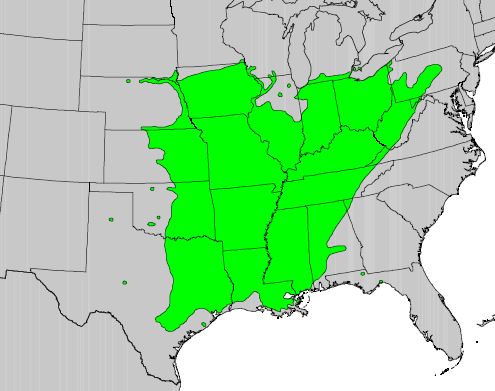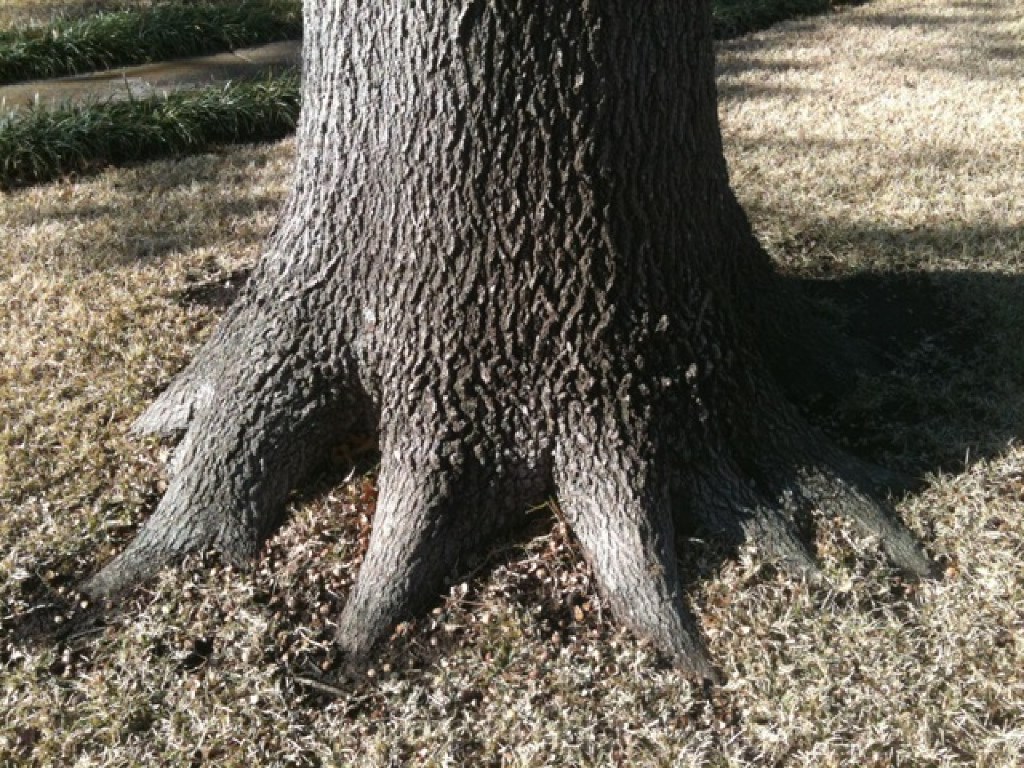TheJollyLogger, Seachaser, TNTreeHugger, Del_, lone wolf, ATH, and Breckinridge Elkins, thank you for taking the time to share your thoughts. For starters, great work on figuring out the species! I’m sure it’s a Sunburst Honey Locust (leditsia triacanthos var. inermis).
You’ve thrown out some good hypotheses. It could be herbicidal drift. It’s highly unlikely to be related to age since the tree is only 9-12 years old. The issue could be water, although that seems unlikely since it has 12 drips (set to water long and slowly) and is irrigated the maximum amount allowed in my jurisdiction. That said, it could always be watered more. It’s suited to my USDA zone and is described as being hardy in a variety of soils, so there’s no issue with it being in the wrong climate. There’s been discussion here of a raised planter. There’s no raised planter as the tree is in the ground. My neighbor’s golden barrel cacti are also in the ground. Each property is leveled differently since we’re on a hill and there’s a wall between the two properties. I know it’s hard to figure these things out from just a photo or two. I appreciate the concern about the planted depth. As I understand it, the showing of roots on the surface is supposed to be a sign that a tree is at a good depth. This tree does not show that but I didn’t think that generally happens until a tree reaches a certain age. That said, this could also be the problem. When it comes to diseases and pests, I took a look at common issues that impact Sunburst Honey Locusts. While I’m not attuned to tree problems, I have a strong background in with sorts of problems that impact bushes, cacti, and succulents, and nothing seems to fit. There are no noticeable anomalies on it or in the growth that I trim. That said, this is of course another possibility. Breckinridge Elkins, your comment is most interesting since you have experience with this type of tree and your trees do similar things when it comes to what you describe as the self-selection of growth.
Identification was key in this conversation as that gives a prediction of the potential size. Viewing online photos of mature versions and appreciating that the size of a tree’s canopy is usually echoed below the surface with roots, it’s highly unlikely that there is enough space for this tree. While I was hoping that this thread could prevent me from calling an arborist, I'm glad to say that it has underscored the importance of bringing a professional onto the property. A big part of that conversation won’t be about how to help this tree thrive but should the previous property owners have planted such a tree in a space this size. A related concern is that the roots may eventually damage my driveway. I suspect that a large bush like a Chaste Tree or a Mexican Bird of Paradise would have been a better fit. As far as ‘real’ trees go, even something like a fruit tree (apple, cherry, citrus) would have been a better fit for the limited space. Thank you all again for sharing your expertise and taking the time to respond!













